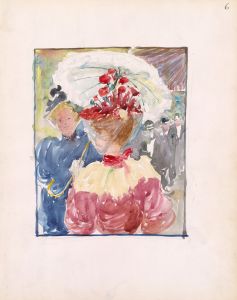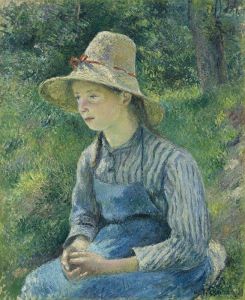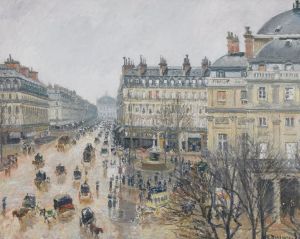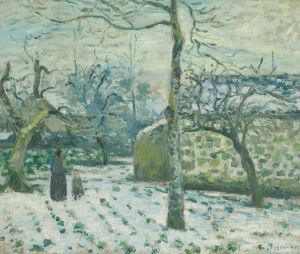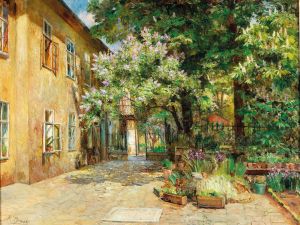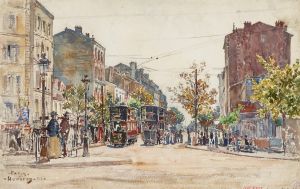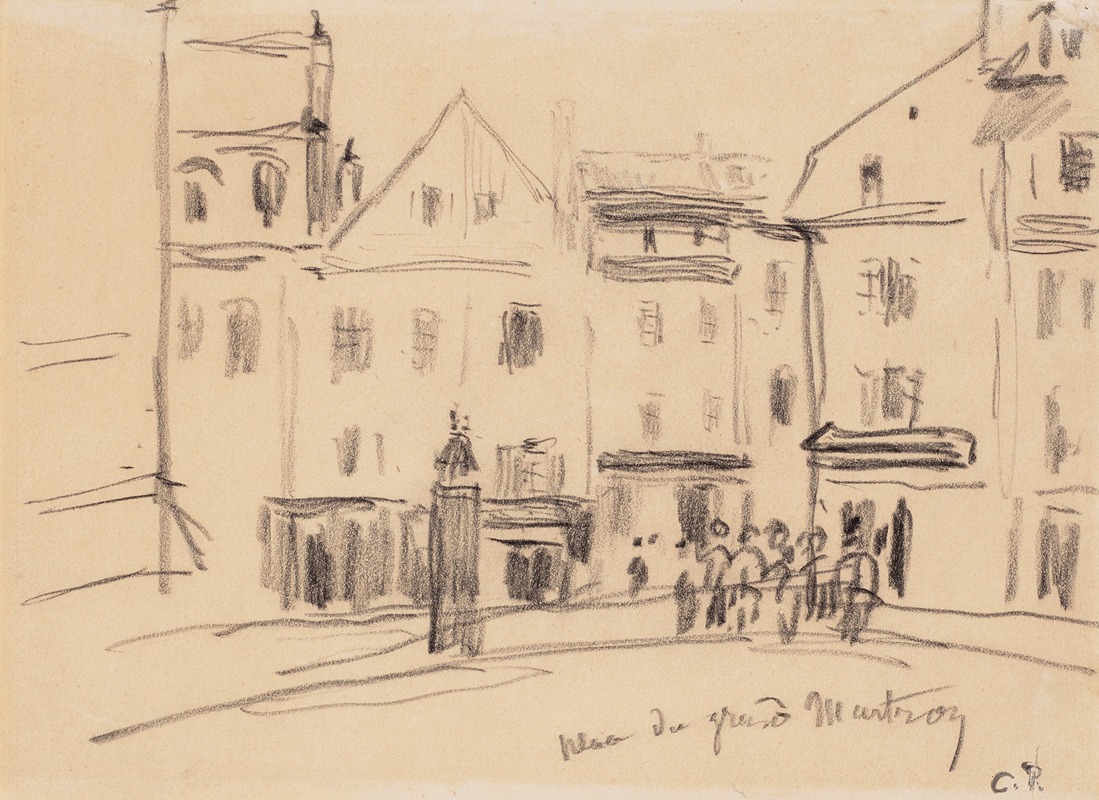
Place du Grand Martroy
A hand-painted replica of Camille Pissarro’s masterpiece Place du Grand Martroy, meticulously crafted by professional artists to capture the true essence of the original. Each piece is created with museum-quality canvas and rare mineral pigments, carefully painted by experienced artists with delicate brushstrokes and rich, layered colors to perfectly recreate the texture of the original artwork. Unlike machine-printed reproductions, this hand-painted version brings the painting to life, infused with the artist’s emotions and skill in every stroke. Whether for personal collection or home decoration, it instantly elevates the artistic atmosphere of any space.
Camille Pissarro, a pivotal figure in the Impressionist movement, painted "Place du Grand Martroy" in 1883. This artwork exemplifies Pissarro's dedication to capturing the essence of urban life and his mastery in portraying the interplay of light and atmosphere. Born in 1830 in the Danish West Indies, Pissarro moved to Paris, where he became a central figure in the Impressionist circle, collaborating with artists like Claude Monet, Edgar Degas, and Pierre-Auguste Renoir.
"Place du Grand Martroy" is a depiction of a bustling square in Pontoise, a town northwest of Paris where Pissarro lived for several years. Pontoise was a frequent subject in Pissarro's work, providing a rural yet vibrant setting that contrasted with the urban scenes of Paris. This painting captures the daily life of the town, with figures going about their business, horse-drawn carriages, and the architecture of the period. Pissarro's use of color and brushwork in this piece reflects the Impressionist focus on light and movement, creating a dynamic scene that invites viewers to experience the atmosphere of the place.
The composition of "Place du Grand Martroy" is notable for its perspective and structure. Pissarro employs a high vantage point, allowing a comprehensive view of the square and its surroundings. This perspective not only provides a sense of depth but also emphasizes the interconnectedness of the figures and the environment. The buildings frame the scene, guiding the viewer's eye through the composition and highlighting the activity within the square.
Pissarro's technique in this painting is characterized by loose, expressive brushstrokes that capture the fleeting effects of light and shadow. The palette is dominated by earthy tones, punctuated by brighter colors that draw attention to specific elements within the scene. This approach is typical of Pissarro's work during this period, as he sought to convey the vibrancy and immediacy of everyday life.
As with many of Pissarro's works, "Place du Grand Martroy" reflects his interest in social realism. The painting does not idealize its subjects but presents them with honesty and empathy. Pissarro was known for his egalitarian views, and his art often depicted the working class and rural life with dignity and respect. This focus on ordinary people and their environments was a departure from the more traditional subjects of academic art at the time.
"Place du Grand Martroy" is part of a larger body of work that Pissarro created in Pontoise, which includes numerous landscapes and urban scenes. These works are significant for their contribution to the development of Impressionism and their influence on subsequent generations of artists. Pissarro's ability to capture the essence of a moment and his commitment to portraying the world around him with authenticity have cemented his place as a key figure in the history of art.
Today, "Place du Grand Martroy" is appreciated not only for its artistic qualities but also for its historical significance. It offers a glimpse into the life of a 19th-century French town and the innovative techniques that defined the Impressionist movement. Pissarro's work continues to be celebrated for its beauty, insight, and enduring impact on the art world.






